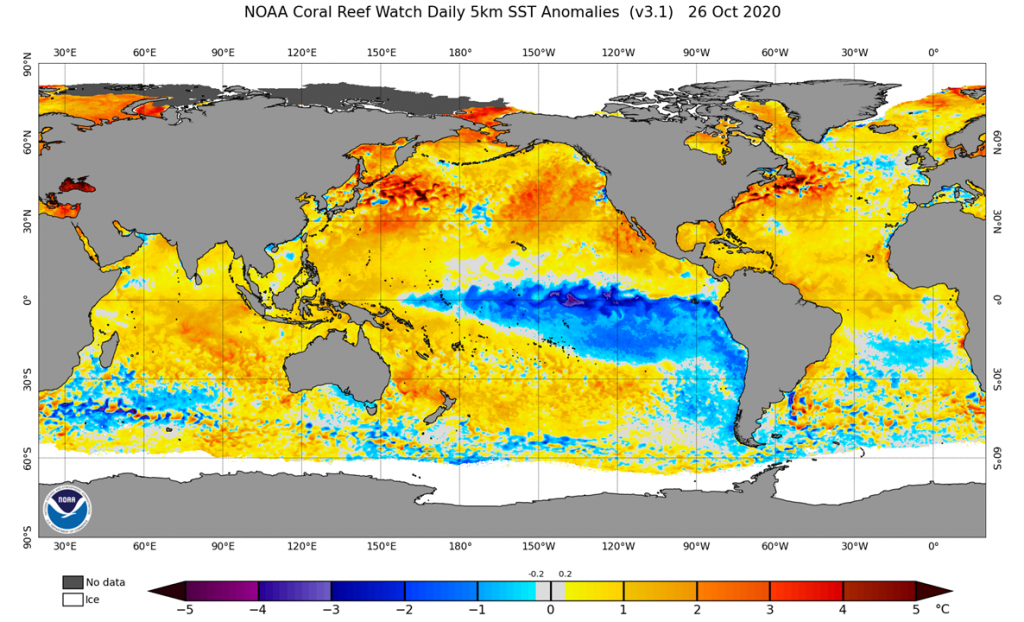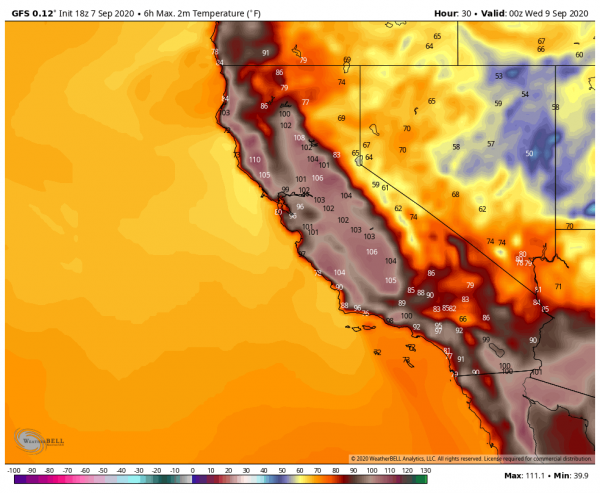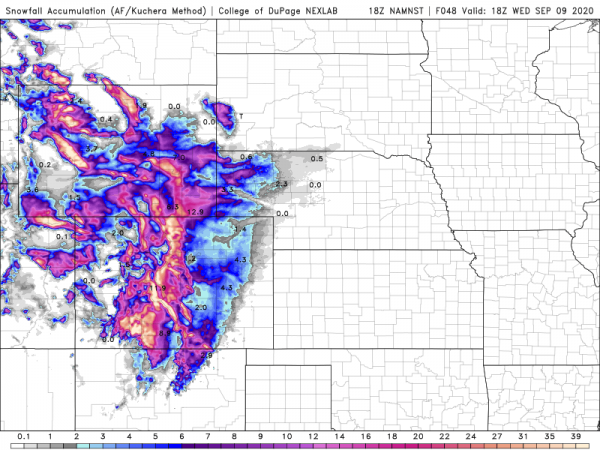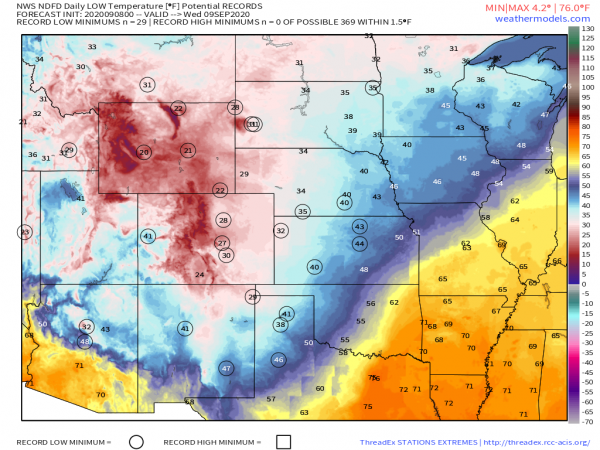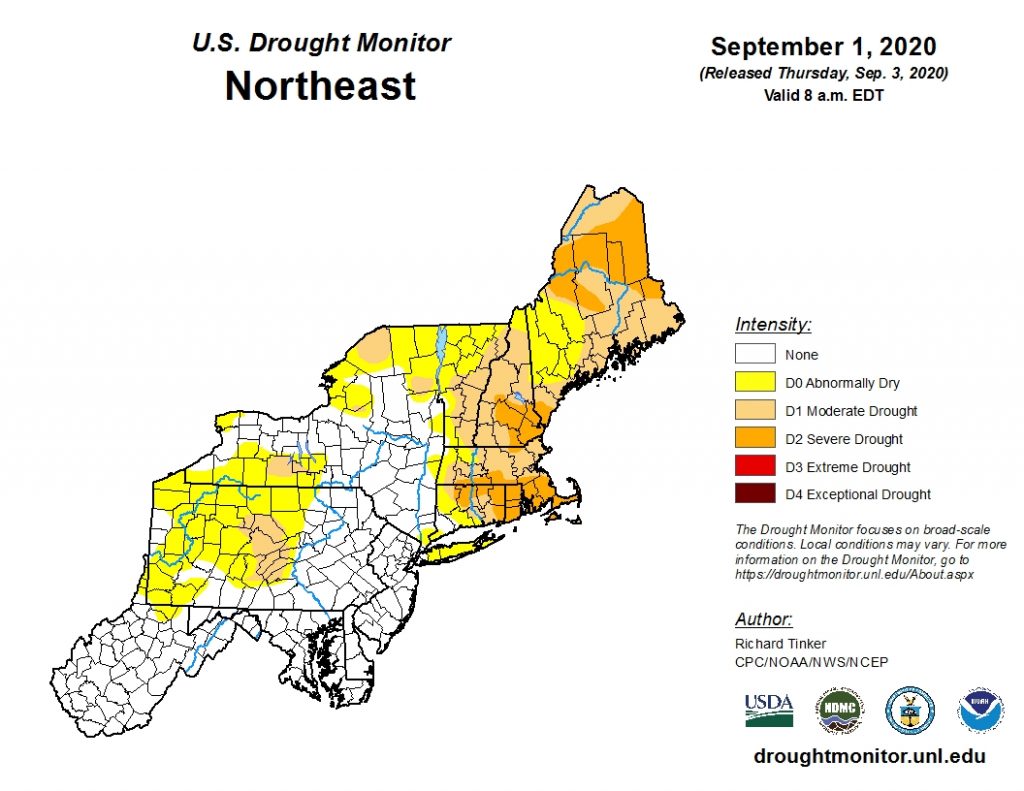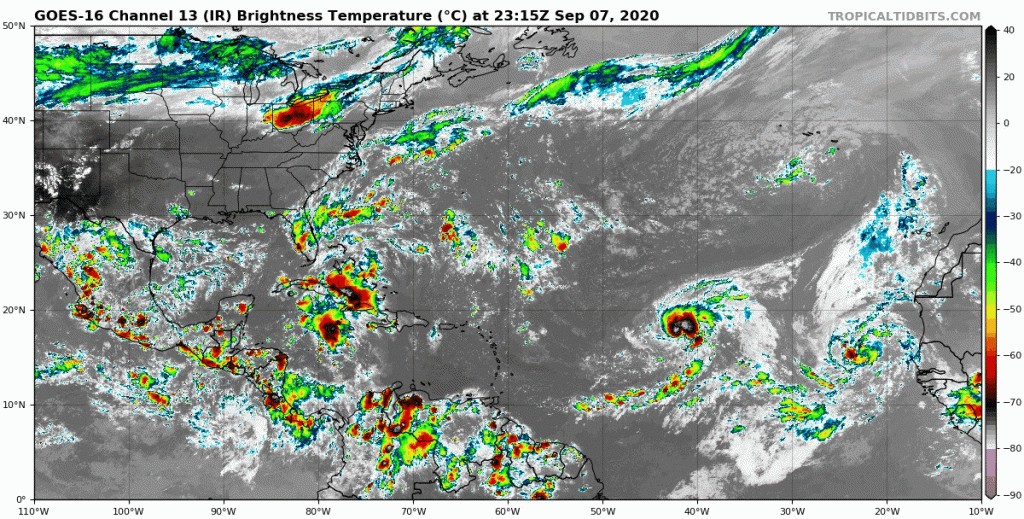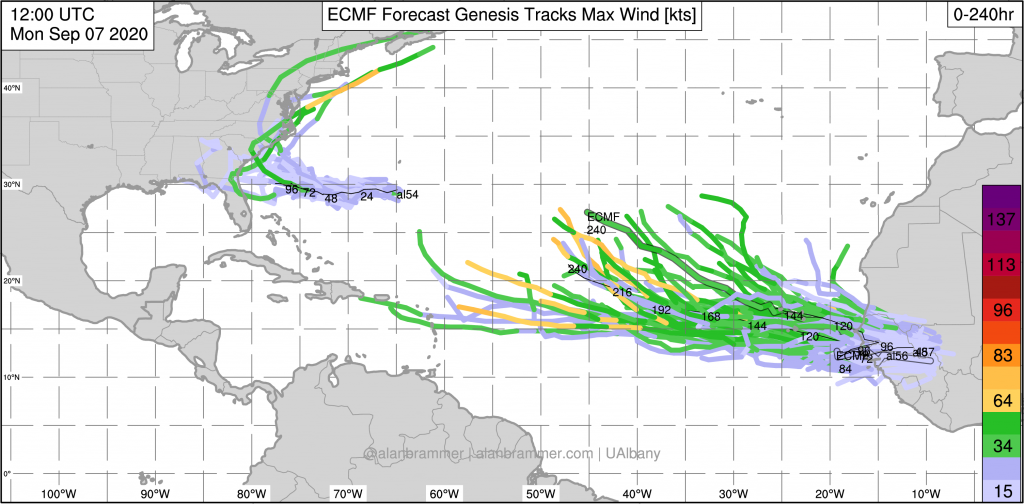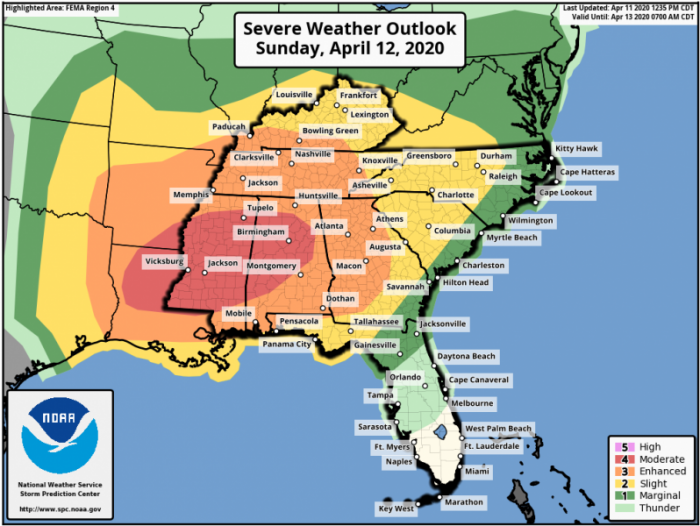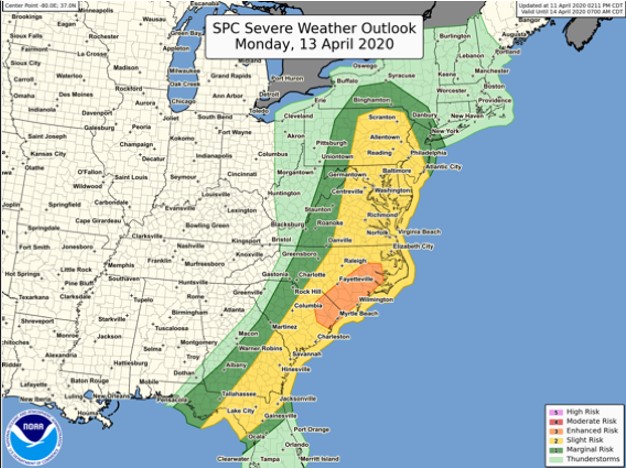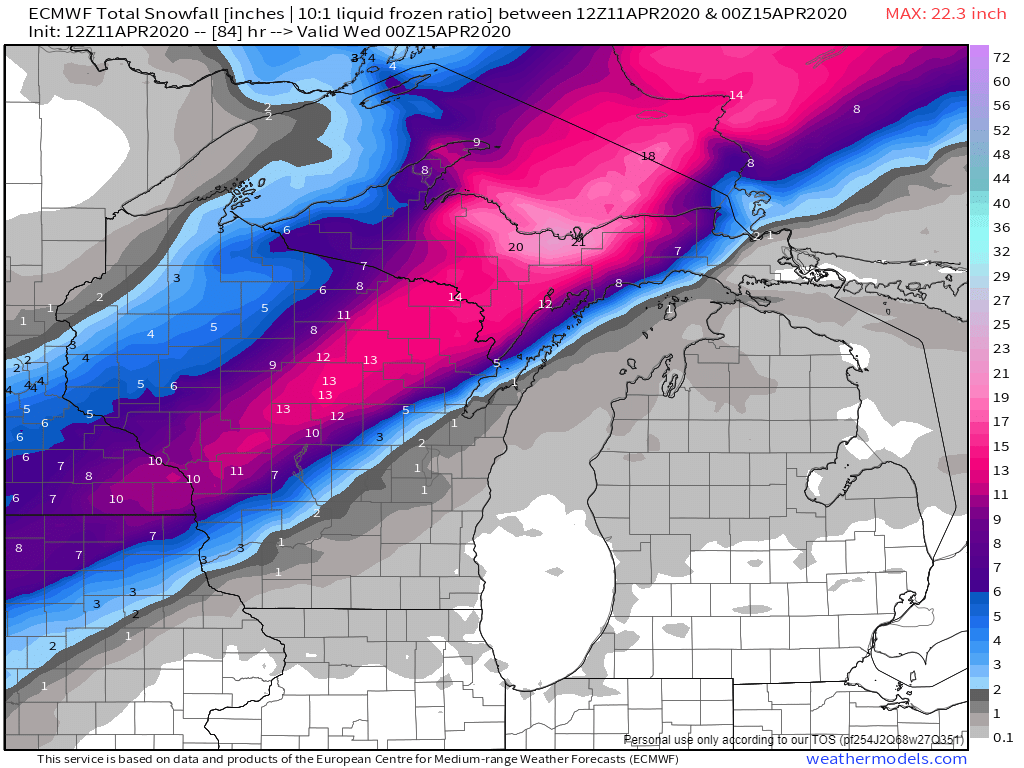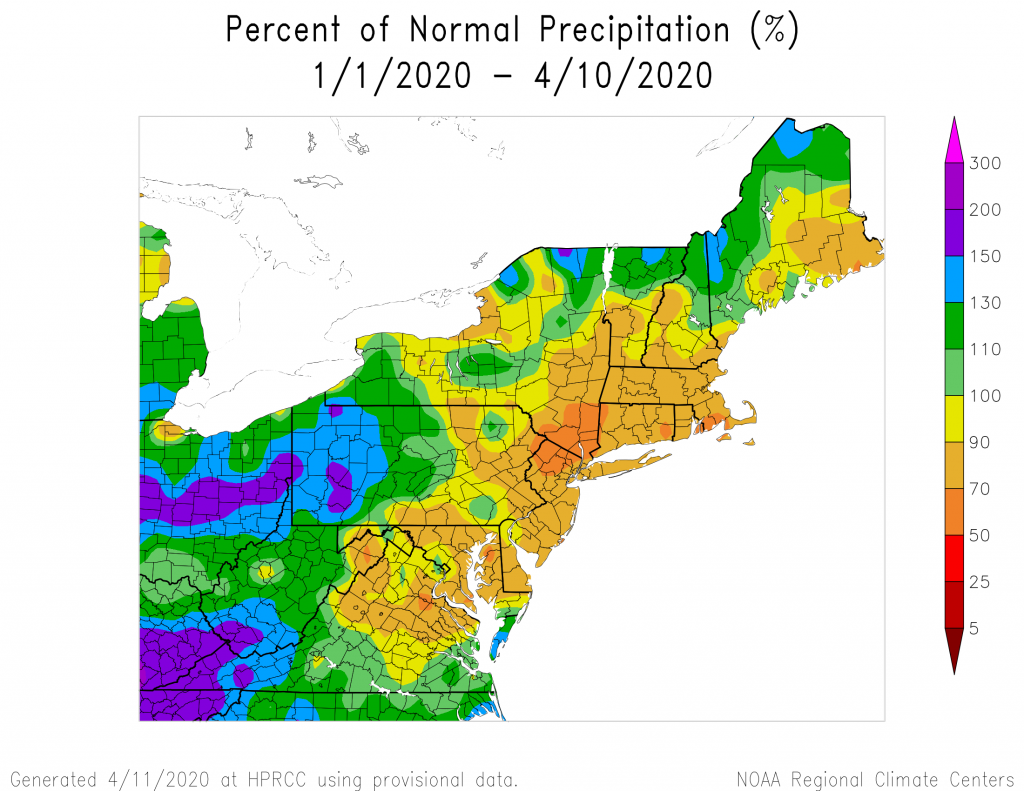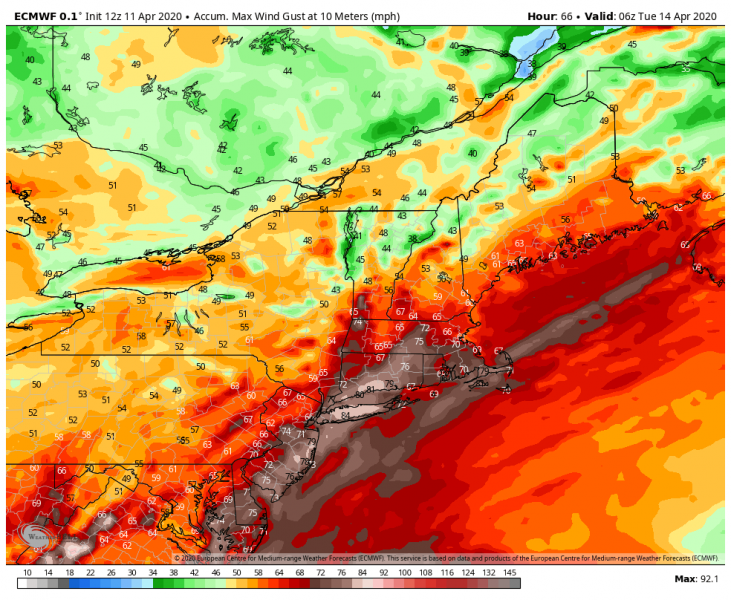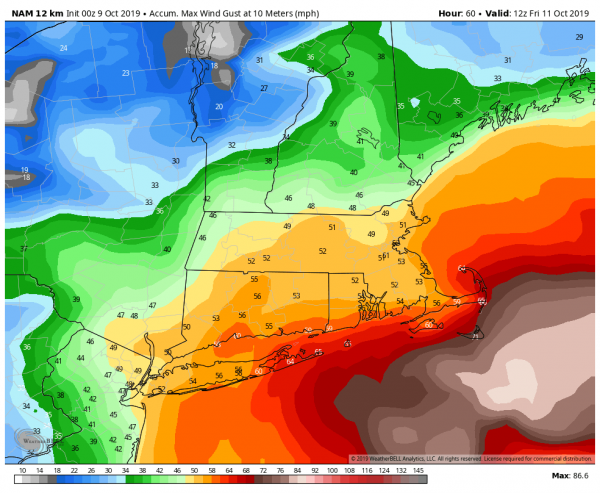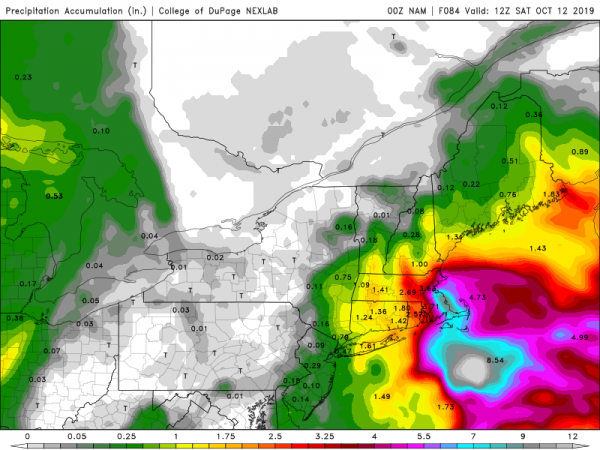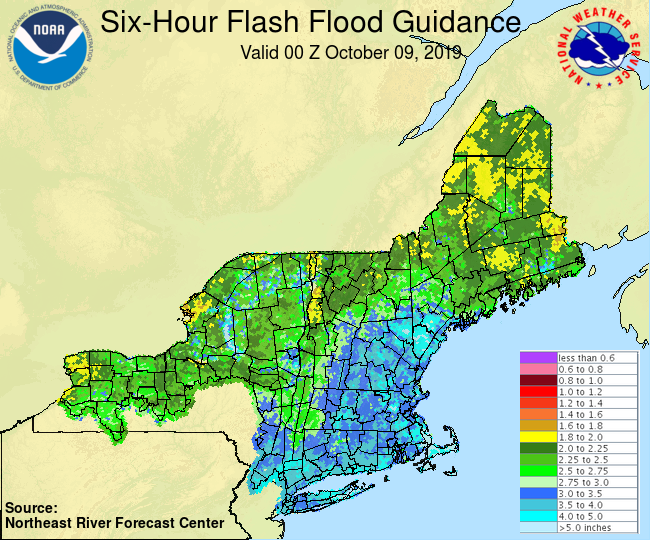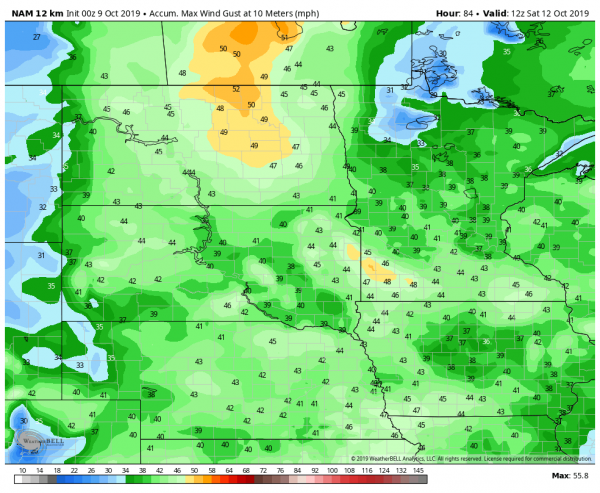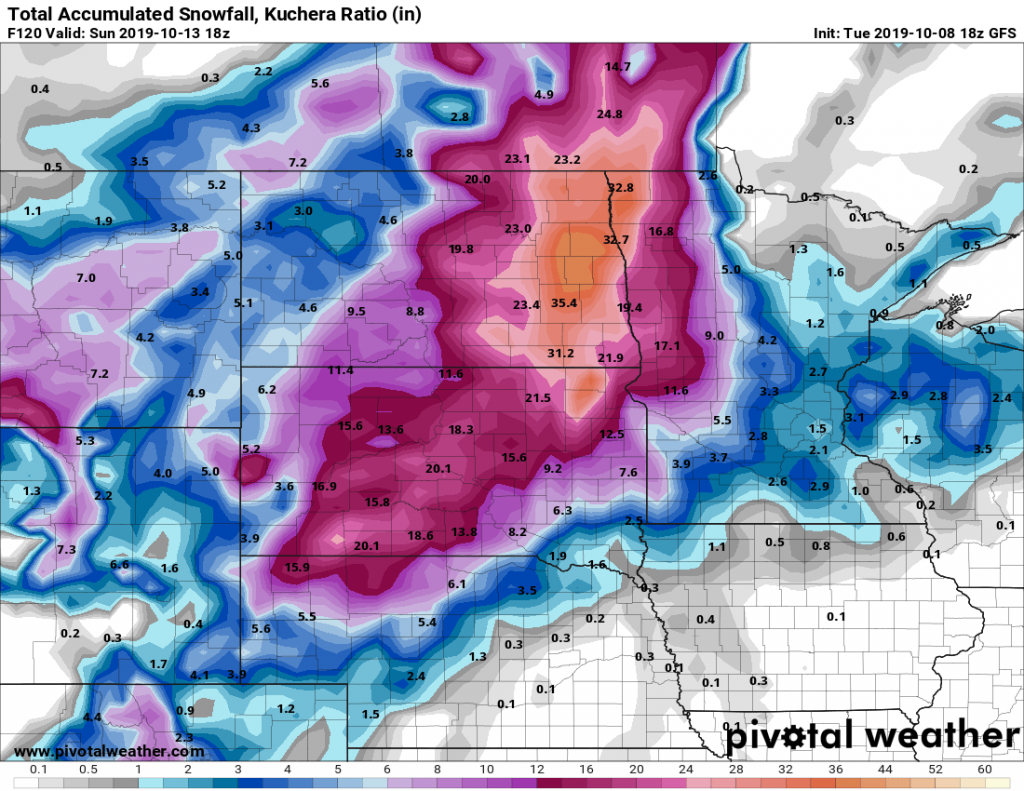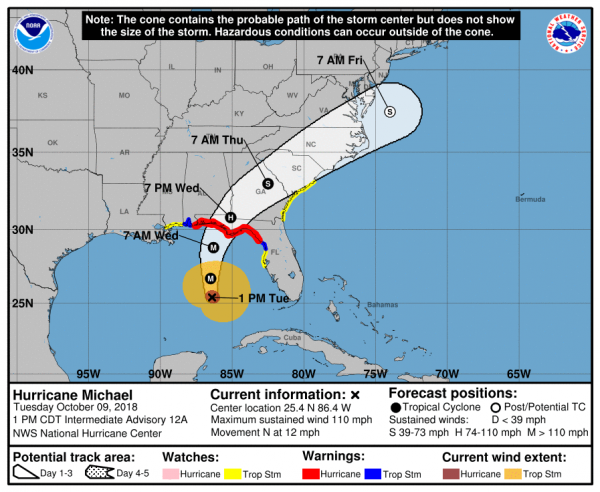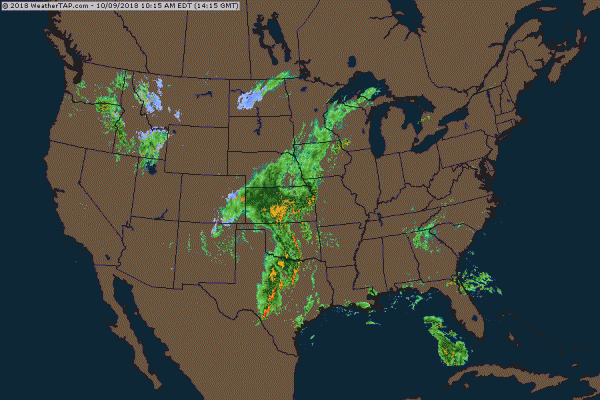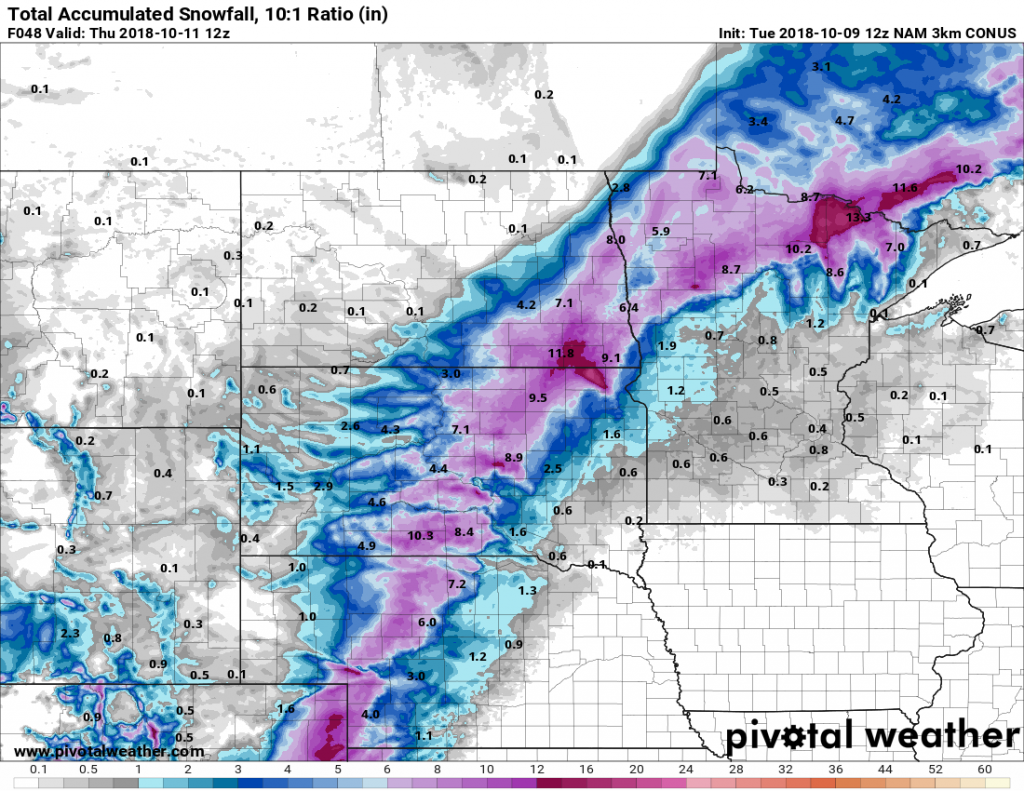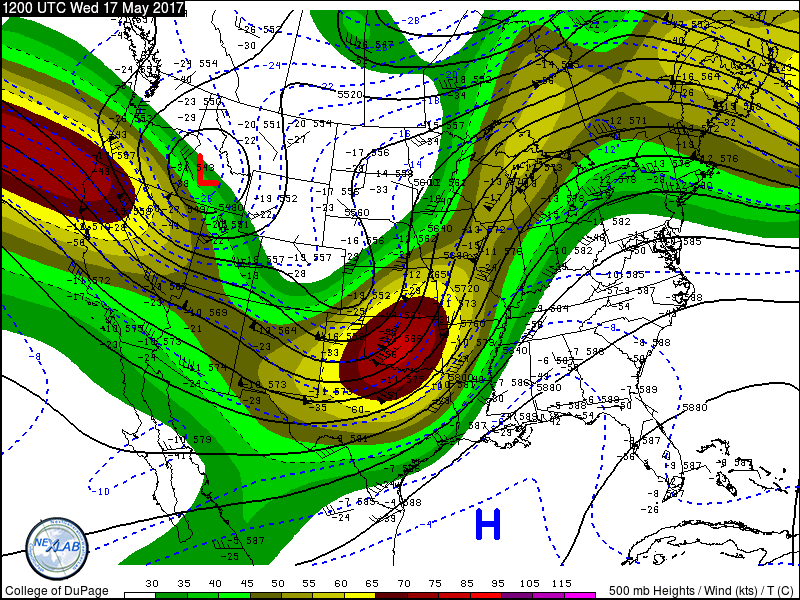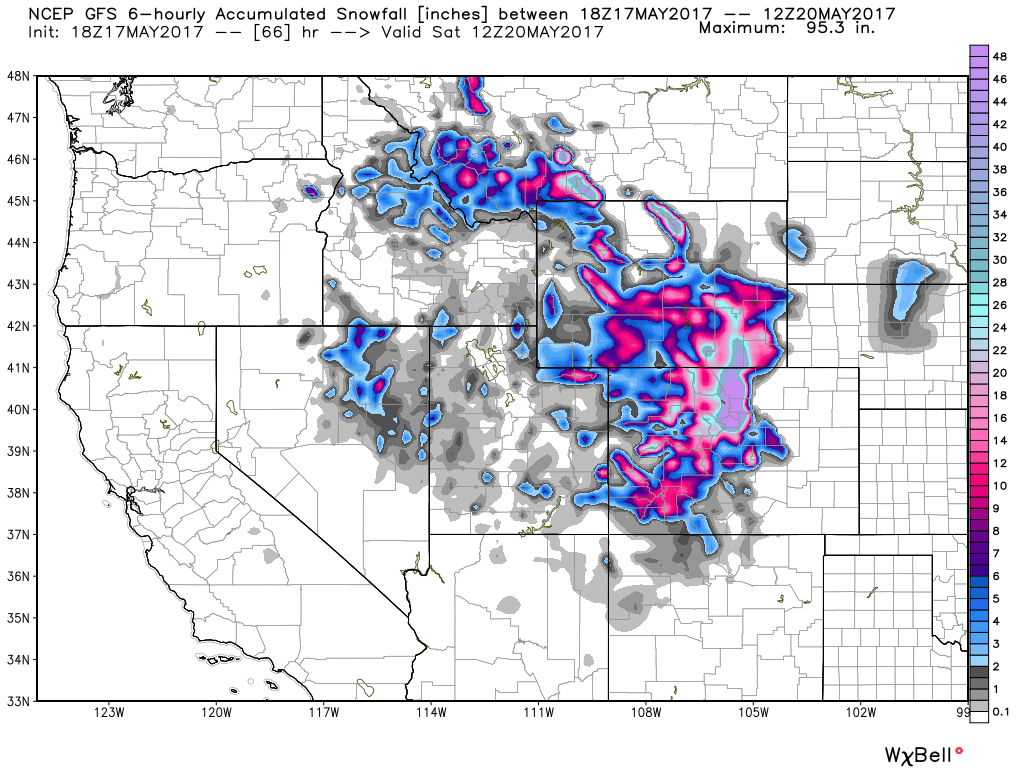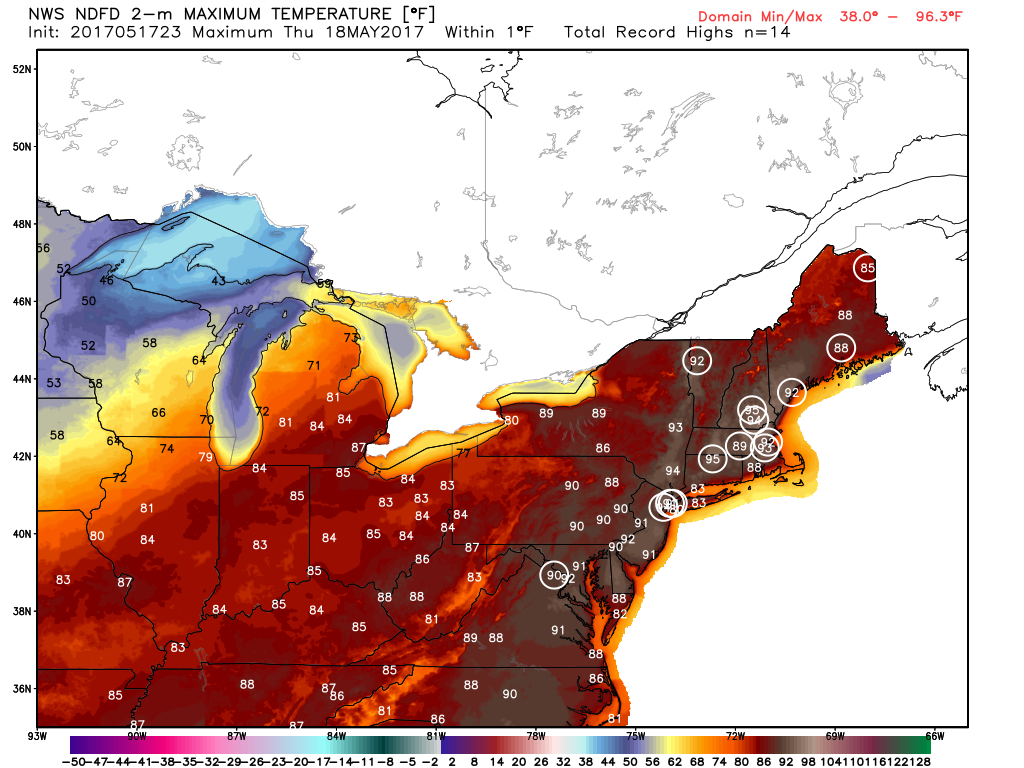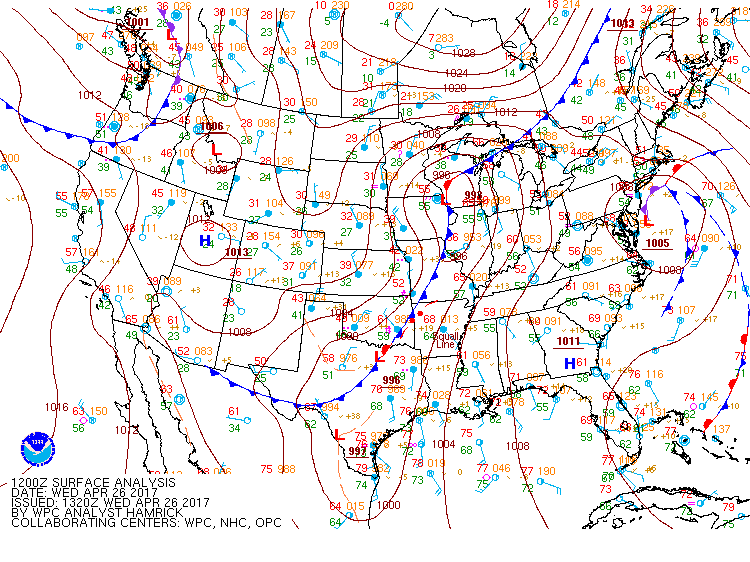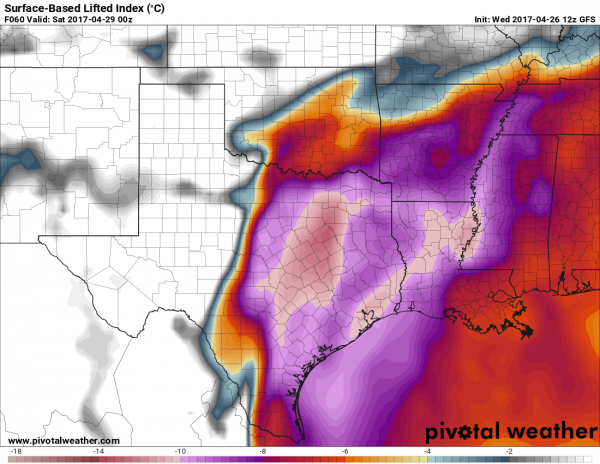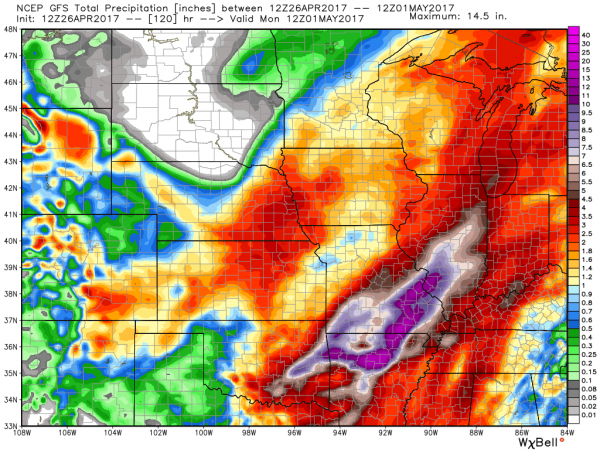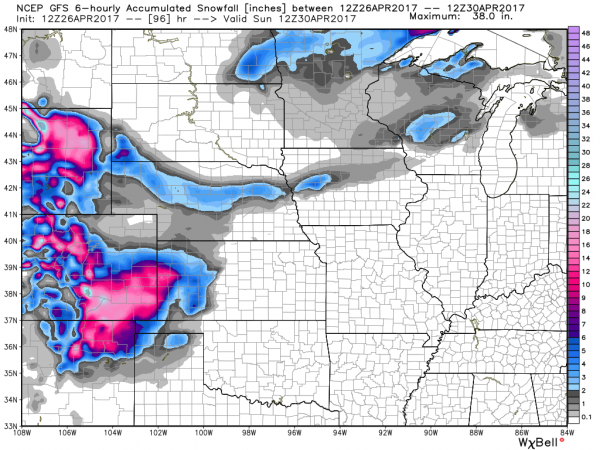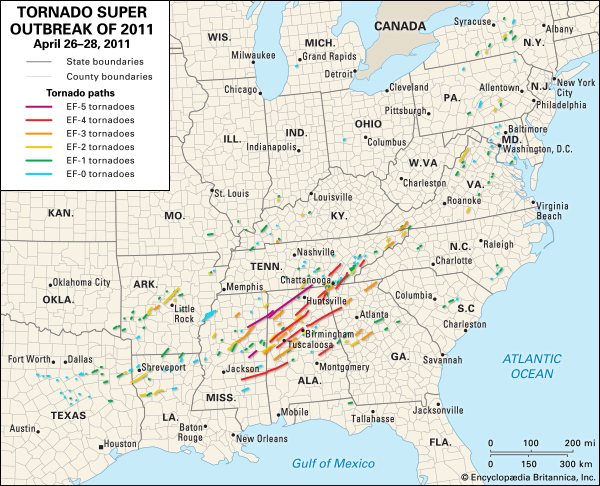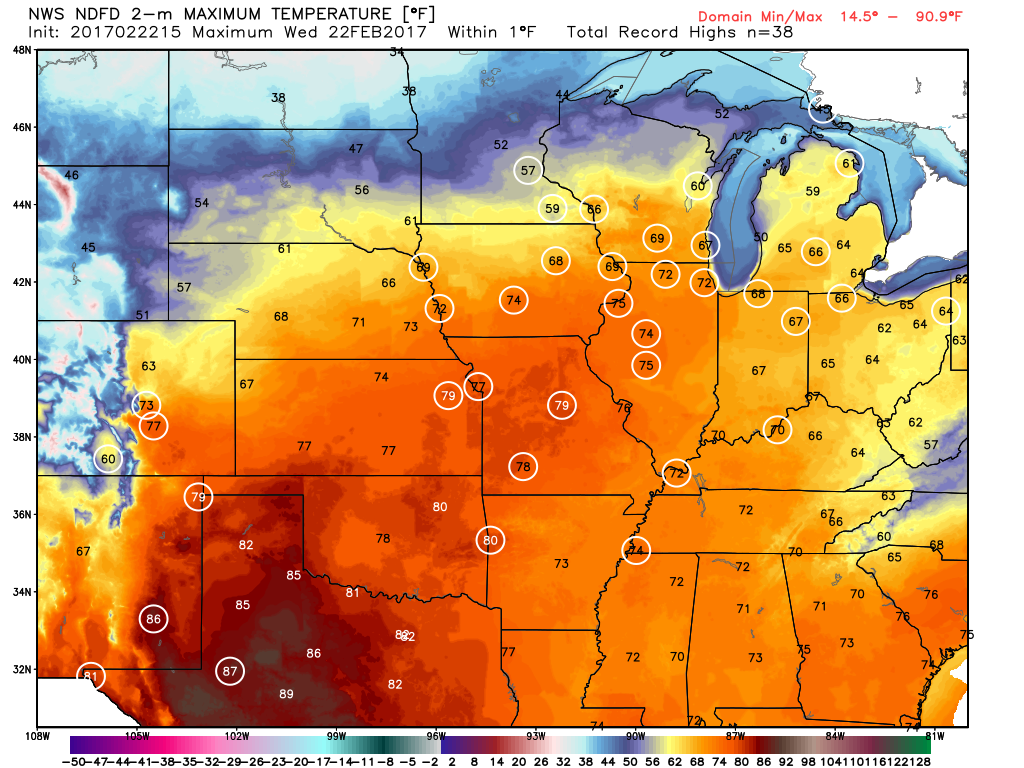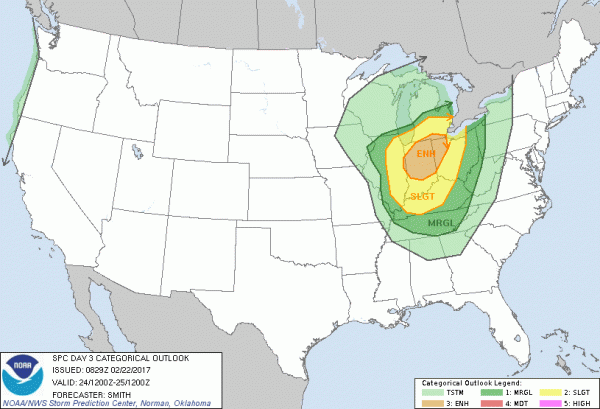With winter-like weather making itself known already across many parts of the nation many are wondering if this is a harbinger of things to come. Record snows across Montana and temperatures nearly at record low levels for the month of October for the nation make some wonder if we’re in for a rugged winter ahead. Early snow and cold have been recorded during other Octobers over the years and the following winters have had varying results. Snowfall across New England on October 30th this year brought out those saying the winter will be a dud for snow but past data doesn’t necessarily say that’s so. Data from Lowell, MA shows varying results with some years having near to above normal snowfall while others were below normal.
There are many factors that come into play with how a winter will go and some of them change as the winter progresses leading to changeable patterns as winter evolves.
One well-advertised feature this year is the La Nina which has been well developed for several months now and is expected to remain so into the winter. Typical El Nino winters bring cold weather to the north-central U.S. and the western half of Canada while mild, dry conditions tend to prevail across the southern third of the nation. Wet weather tends to affect the Pacific Northwest and the Ohio Valley/Great Lakes region.
Sea surface temperatures across the Pacific show a classic La Nina with a bar of below normal (blue) near the Equator westward almost to New Guinea.
La Nina is likely to be a contributing factor with our winter weather but other influences from the Arctic Oscillation (AO), North Atlantic Oscillation (NAO), Pacific-North America Oscillation (PNA) and Pacific Decadal Oscillation (PDO) are not to be ignored either. Any of these features can disrupt or modify the La Nina pattern at times during the winter leading to different results than one might first expect. We also need to follow the Madden-Julian Oscillation which affects weather patterns over a shorter term period.
As an example we could see for a time the AO become negative and potentially create a high amplitude pattern across North America for a week or two. This would bring severe winter weather to some areas while others could be mild either wet or dry. Last winter saw a positive AO for much of the winter leading to milder the normal temperatures and many areas with less than normal snowfall.
Lacking last winter was high latitude blocking. A blocking high pressure area across Greenland can lead to winter storms for the East Coast. The record early December snow of last winter was a result of Greenland blocking but that was about it for the winter. About 50% of La Nina’s produce blocking and cold weather for New England so this is something to keep an eye on and something that could have more of an impact for the winter than we are currently forecasting.
As is quite normal for a La Nina we saw an active tropical season, we’re just one storm shy of tying the record. The active tropics are indicative of above average sea surface temperatures across the Atlantic and lack of upper level shear. The above normal sea surface temperatures (SST) could help delay the start of lasting winter weather along the East Coast and Northeast. Our current spell of winter is likely due to a positive AO as well as help from the MJO but is likely to come to an end as we move into early November. With the effect of the negative AO going away we’ll see milder weather return to many parts of the nation during next few weeks and the warm SST’s to our east and southeast may aid in the warmth.
Thereafter we’ll have to monitor the different teleconnections and their interaction with the La Nina as to whether a burst of winter or spring overspreads parts of the nation. As we have just seen, a wintry pattern can set up for a week or more but can just as easily fade into a more spring-like pattern as we’re expected shortly.
Arctic sea ice is again below normal as we move into the middle of the fall.
Typically a lack of arctic sea ice results in a higher amplitude jet stream which can lead to potent storms and major outbreaks of cold air. If the storm track is west of your location during one of these storms, rain, wind, and mild temperatures will be the result followed by cold air on the back side of such a storm.
This is pretty much what we’re expecting as HFS for the winter here in the Northeast. A sloppy winter with changeable temperatures and varying types of precipitation is our expected winter. Temperatures are more likely to average near or a bit above normal for the winter but that’s not to say a few blasts of arctic air won’t happen. Temperatures can vary considerably over time, and usually do, but the average of the winter is expected to be a bit on the plus side of normal here but cold from the Great Lakes westward.
We also should keep an eye on cold air through eastern Canada that stays in place ahead of an approaching “inside runner” producing an ice storm. Ice storms are a little more prevalent during La Nina winters through these parts. Like last winter we see potential that winter snowfall may be above normal in northern New England and below normal across far southern New England. This is a result of storms tracking over and at times west of New England resulting in a quick change to range for southern and southeastern New England while far northern New England stays snow for a longer time.
To summarize, plan on changeable weather this winter with some sloppy situations. Don’t rule out a couple of major snow makers and some ice too. Ice melt will be a good companion. Winter may lag a little slow to start but may extend through March into early April. While the temperatures may average a bit above normal over the long haul, a couple of bone-chilling blasts of arctic air should be expected as well.

